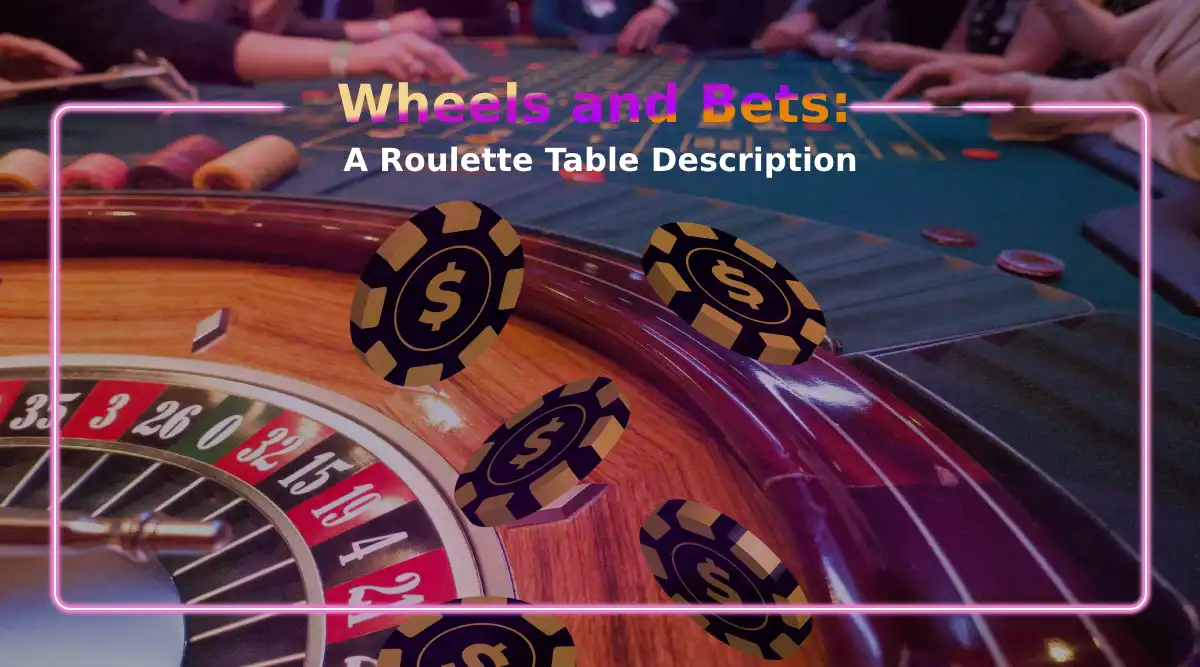
The world of casinos offers a myriad of casino games, but few have the timeless appeal and elegance of Roulette. At the heart of this game lies the centerpiece of fascination: the roulette table.
Originating in 18th century France, roulette – meaning “little wheel” in French – quickly became a staple in casinos across Europe and later, the world. Its evolution over centuries has only added layers of intrigue, making it a perennial favorite among both new and seasoned players.
Amid the bustling atmosphere of a casino, the roulette table stands out as a beacon of sophistication. The anticipation as the ball spins, the collective gasp before it settles, and the elation or despair that follows are experiences unique to this game. The roulette table, with its intricate layout and detailed markings, serves as the battlefield where fortunes are won or lost.
History and Anatomy of the Roulette Table
The roulette table, like everything else, has witnessed significant transformations over the centuries. The initial design of the roulette table is credited to 18th-century France. Simplicity defined its early appearance, focusing mainly on functionality. As the online casino grew in opulence and became symbols of luxury, the roulette table evolved in tandem. The inclusion of felt layouts, clearer markings, and the racetrack design are testaments to this evolution. Additionally, technological advances led to the advent of electronic displays, aiding players in tracking previous outcomes.
Modern roulette tables are a blend of tradition and innovation. Key milestones include the introduction of high-end materials for durability, integration of electronic components for enhanced player experience, and design modifications to cater to different roulette versions like American, European, and French.













